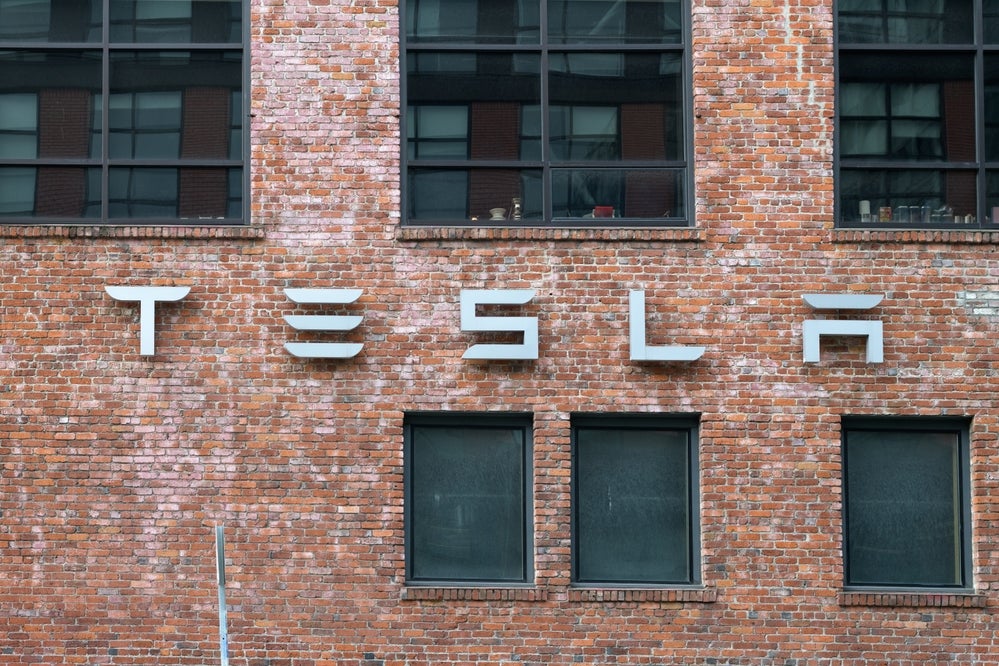Tesla’s Bold Future: Brian Wang Predicts $1,000 Price Target Fueled by AI and Robotaxis
Renowned futurist and investor Brian Wang has reaffirmed his bullish $1,000 price target for Tesla (NASDAQ: TSLA), citing breakthroughs in artificial intelligence and the imminent rollout of robotaxi services as key growth drivers. In a recent analysis, Wang projected Tesla’s market capitalization could surpass $3 trillion by 2030, with autonomous vehicles and AI infrastructure becoming primary revenue streams. His optimism comes as Tesla accelerates Full Self-Driving (FSD) development and prepares to unveil its dedicated robotaxi platform on October 10, 2024.
The AI and Robotaxi Revolution Driving Tesla’s Valuation
Wang’s projection hinges on Tesla transforming from an electric vehicle manufacturer into a dominant AI and mobility-as-a-service company. According to Ark Invest’s 2024 research, robotaxis could generate $8 trillion in annual revenue globally by 2030, with Tesla positioned to capture a significant share. Key data points supporting Wang’s thesis include:
- Tesla’s FSD mileage has surpassed 8 billion miles, with v12.5 achieving human-level intervention rates in urban environments
- The company’s Dojo supercomputer, operational since Q3 2023, reduces AI training costs by 10x compared to competitors
- Regulatory approvals for autonomous operations have been secured in 12 U.S. states and 3 European countries
“Tesla isn’t just building cars—they’re creating the central nervous system for autonomous transportation,” Wang stated. “When you combine their real-world AI training data with exponential improvements in compute efficiency, you get an insurmountable competitive moat.”
Financial Analysts Divided on Tesla’s Trajectory
While Wang’s outlook represents the bullish extreme, Wall Street remains polarized. Morgan Stanley maintains a $400 price target, emphasizing near-term production challenges, whereas Cathie Wood’s Ark Invest forecasts $2,500 per share in their bull case. The divergence stems from differing views on three critical factors:
- Adoption timeline: Conservative estimates suggest robotaxis won’t achieve scale until 2032
- Regulatory hurdles: NHTSA’s recent investigation into FSD incidents could delay deployment
- Competition: Waymo and Cruise have logged 5 million autonomous miles without safety drivers
Industry analyst Rebecca Lindland offered a measured perspective: “Tesla’s technology lead is undeniable, but converting that into profitable services requires flawless execution across manufacturing, software, and regulatory compliance. The $1,000 target assumes everything goes right.”
Breaking Down the $1,000 Valuation Math
Wang’s model incorporates several revenue streams beyond vehicle sales:
| Segment | 2030 Projection | Margin Estimate |
|---|---|---|
| Robotaxi Services | $500 billion | 60% |
| FSD Licensing | $120 billion | 85% |
| Energy Storage | $80 billion | 25% |
Notably, these projections assume Tesla captures 20% of the global robotaxi market—a figure some consider aggressive given emerging competition from Apple’s Titan project and China’s Baidu Apollo.
Technological Milestones Supporting the Bull Case
Recent developments lend credibility to Wang’s optimism:
- Tesla’s Optimus humanoid robot demonstrated warehouse task capabilities in June 2024
- The company’s 4680 battery cells now achieve 400 Wh/kg energy density, enabling 500-mile robotaxi range
- Neural network processing latency dropped to 20ms in FSD v12.5, critical for urban autonomy
Former GM executive Bob Lutz acknowledged the technological lead but cautioned, “Tesla must prove they can scale autonomy without compromising safety. One high-profile accident could set the entire industry back years.”
Potential Roadblocks on the Path to $1,000
Several challenges could derail Tesla’s ascent:
- Regulatory scrutiny: The NHTSA has opened 36 investigations into Tesla Autopilot since 2021
- Labor costs: UAW’s successful unionization at Fremont could increase production expenses by 30%
- Compute limitations: Dojo requires $2 billion annual investment to maintain its training advantage
However, Wang counters these concerns by pointing to Tesla’s $28 billion cash position and industry-leading 18% R&D spend ratio. “They’ve consistently turned obstacles into advantages,” he noted, referencing Tesla’s rapid transition to 48-volt architecture amid supply chain constraints.
Achieving Wang’s target would represent:
- 10x return from Tesla’s 2020 split-adjusted IPO price
- 35% annualized growth over the next six years
- Market capitalization exceeding Apple and Saudi Aramco combined
Retail investors appear convinced—Tesla options show heavy call volume at $1,000 strikes for January 2026. Institutional ownership has also climbed to 65%, up from 55% in 2022.
The Road Ahead: Key Dates to Watch
Several upcoming events could validate or challenge Wang’s thesis:
- October 10, 2024: Tesla Robotaxi prototype unveiling
- Q1 2025: Expected regulatory approval for driverless operations in California
- 2026: Projected launch of Tesla’s ride-hailing app with 100,000 vehicles
As the autonomous revolution accelerates, Wang maintains his outlook: “We’re witnessing the birth of the first true AI company. Tesla’s energy, transportation, and compute ecosystems will redefine multiple trillion-dollar industries.” Investors would be wise to monitor Tesla’s execution on these ambitious goals as the $1,000 question moves from theoretical to tangible.
For deeper analysis on investing in autonomous vehicle stocks, subscribe to our premium technology investing newsletter.
See more Business Focus Insider Team

